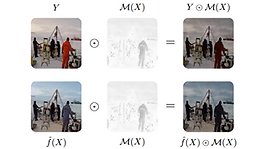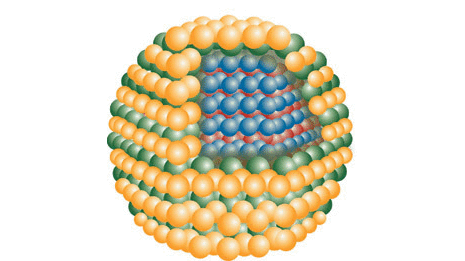Publications

An End-to-End Platform for Digital Pathology Using Hyperspectral Autofluorescence Microscopy and Deep Learning Based Virtual Histology
C. McNeil, P. Wong, N. Sridhar, Y. Wang, C. Santori, C. Wu, A. Homyk, M. Gutierrez, A. Behrooz, D. Tiniakos, A. Burt, R. Pai, K. Tekiela, P. Chen, L. Fischer, E. Martins, S. Seyedkazemi, D. Freedman, C. Kim, and P. Cimermancic
Nature Modern Pathology, 2024

Diffusion Models for Generative Histopathology
N. Sridhar, C. McNeil, M. Elad, E. Rivlin, and D. Freedman
International Conference on Medical Image Computing and Computer Assisted Intervention (MICCAI) Workshop on Deep Generative Models for Medical Image Computing and Computer Assisted Intervention (DGM4MICCAI), 2023

Designing Nonlinear Photonic Crystals for High-Dimensional Quantum State Engineering
E. Rozenberg, A. Karnieli, O. Yesharim, J. Foley-Comer, S. Trajtenberg-Mills, S. Mishra, S. Prabhakar, R. Singh, D. Freedman, A. Bronstein, and A. Arie
International Conference on Learning Representations (ICLR) Workshop on Machine Learning for Materials Workshop (ML4Materials), 2023

A Machine Learning Approach to Generate Quantum Light
E. Rozenberg, A. Karnieli, O. Yesharim, J. Foley-Comer, S. Trajtenberg-Mills, S. Mishra, S. Prabhakar, R. Singh, D. Freedman, A. Bronstein, and A. Arie
International Conference on Learning Representations (ICLR) Workshop on Physics for Machine Learning Workshop (Physics4ML), 2023

Impacts of a Novel AI-Enabled Polyp Detection System: a Prospective Randomized Clinical Trial
Lachter, Y. Raz, A. Kobzan, A. Suissa, A. Bezobchuk, B. Makhoul, A. Partoush, E. Zian, R. Shalabi, N. Rabani, D. Freedman, S. Plowman, S. Schlachter, E. Rivlin, and R. Goldenberg
United European Gastroenterology Journal, 2022

Detection of Elusive Polyps via a Large-Scale Artificial Intelligence System
D.M. Livovsky, D. Veikherman, T. Golany, A. Aides, V. Dashinski, N. Rabani, D. Ben Shimol, Y. Blau, L. Katzir, I. Shimshoni, Y. Liu, O. Segol, E. Goldin, G. Corrado, J. Lachter, Y. Matias, E. Rivlin, and D. Freedman
Gastrointestinal Endoscopy, 2021

Accurate, Robust, and Flexible Real-time Hand Tracking
T. Sharp, C. Keskin, D. Robertson, J. Taylor, J. Shotton, D. Kim, C. Rhemann, I. Leichter, A. Vinnikov, Y. Wei, D. Freedman, P. Kohli, E. Krupka, A. Fitzgibbon, and S. Izadi
ACM CHI Conference on Human Factors in Computing Systems (CHI), 2015









































































































